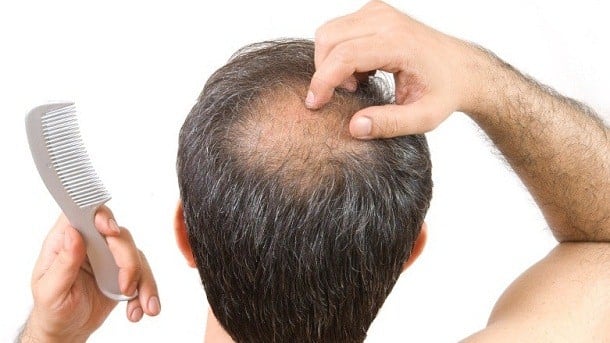Angela Diesch, is a law practitioner, cosmetic industry regulatory expert, and a shareholder in the California-based Kronick law firm. In this article she flags up some of the areas where cosmetic companies will have to do their homework thoroughly if they want to get things right.
“An interesting statistic that was quoted by the Environmental Working Group recently is that men on average use six cosmetic products a day, whereas women on the other hand use on average 12 products a day,” said Diesch.
Although this underlines the relatively small size of the male grooming category, market researchers believe that the changing attitudes of the millennial generation is set to give the global market a significant boost in the coming years.
Undoubtedly this will leave regulatory experts, product developers and marketers with their work cut out.
The US vs Europe – watch out for anti-ageing claims!
Launching any kind of product in Europe is generally a more complex procedure, Diesch points out, mainly because in the US premarket approval is not required and the list of banned substances is much shorter.

This is further compounded by the fact that EU regulations govern concentration/dosing for many ingredients, while the use of colourants, preservatives and UV filters is also heavily regulated.
Then there is the actual definition of a cosmetic product, which varies significantly on each side of the pond.
“The small but significant difference between the definition of a cosmetic in the EU and the US is that the definition uses the term to “protect” in Europe, whereas in the US this definition is not included,” says Diesch.
“This means that, based on the EU’s definition, an anti-wrinkle cream is a cosmetic, while in the U.S. a cream intended to prevent or reverse winkles would be deemed a drug.”
With an increasing number of male-dedicated skin care products making anti-wrinkle and anti-ageing claims, this is one area to be particularly vigilant of when targeting the U.S. market.
Aftershave and pre-shave formulation
There are also significant differences for what is considered safe and tolerable for aftershave and pre-shave lotions between the U.S. and Europe.
“Aftershave lotions and pre-shave lotions are considered safe and tolerable in accordance with the legal provisions of Article 3 of the EC Cosmetics Regulation if they contain, among other things, a maximum of 90% alcohol, a maximum of 25% other ingredients such as other skin care ingredients, moisturizing agents, plant extracts, solubilizers, etc., a maximum of 10% perfume oils, and a maximum of 1% coloring agents,” Diesch points out.
“This differs significantly from the U.S. where there is generally no specific limitations on the concentration limits of ingredients. Instead, it is left to the manufacture to ensure the safety of the finished product.“
Hair loss – drug or cosmetic?
As with anti-aging products, the potential danger to look out for is making claims that could make a hair loss product a cosmetic or a drug, which applies whether in the U.S. or Europe.

“As with any product, whether such products restore, correct, or modify hair growth or loss through a pharmacological, immunological or metabolic action must be evaluated on a case-by-case basis,” Diesch points out.
“The fact the product contains a substance used in both cosmetics and medicinal products is not the decisive factor… all the characteristics of the product must be considered including, for example, absorption, concentration, route of administration, frequency of application, application site, and the degree of penetration, as well as the type of claims being marketed.”
Specific examples mean that in the EU any product with the claim ‘promoting hair growth, would likely make it a pharmaceutical, which is the case for minoxidil.
Making the claims ‘reducing hair loss’ or ‘preventing hair fall out’ would be likely to categorise the product as a cosmetics in Europe, because the primary function is to protect. Diesch points out that, conversely, the protection claim can categorise such a product as a drug in the U.S.
